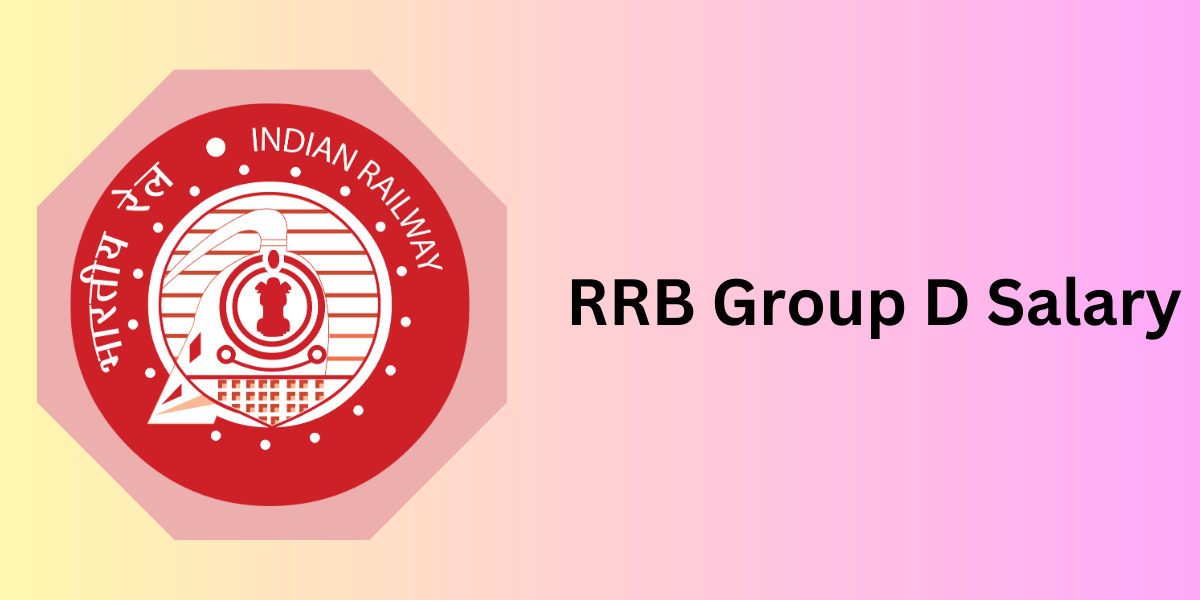One of the most debated strategies among slot players is Fastwin whether it’s better to stick with a single game or to rotate between multiple slots. Each approach has its own set of advantages, and the best choice often depends on your goals, budget, and playing style. While slots are primarily games of chance, understanding the psychology and mechanics behind each approach can help you make smarter decisions and improve your overall enjoyment.
The Case for Sticking to One Slot
Focusing on a single slot game can offer familiarity and consistency. As you continue playing, you begin to understand how the game behaves—its bonus frequency, volatility, and payout patterns. This can lead to better decision-making when adjusting your bet size or deciding when to walk away.
Some players believe in the “hot machine” theory, suggesting that after enough spins, a slot is due for a win. While this isn’t technically accurate due to RNG (Random Number Generator) mechanics, sticking to one game can provide emotional comfort and a feeling of control over your session.
Additionally, many slot games feature progressive bonuses or leveling systems. By playing the same game repeatedly, you might unlock achievements, bonus features, or rewards that wouldn’t be accessible in short sessions.
The Case for Switching Around
On the other hand, rotating between different slot games introduces variety and keeps the experience fresh. Playing one game for too long can become repetitive or frustrating, especially during losing streaks. Trying different slots allows you to explore new themes, features, and volatility levels, which can help you find games that suit your preferences better.
Switching also reduces the risk of emotional attachment to a specific slot. It’s easy to chase losses when you’ve invested a lot of time into one game. By moving between titles, you may avoid falling into this mental trap and maintain a healthier mindset.
Some players use rotation as a bankroll strategy—spreading risk across multiple slots rather than committing it all to one machine. This approach can be useful if you want to test the waters before committing more funds to a specific game.
Volatility and Your Strategy
Understanding volatility plays a big role in deciding whether to stick or switch. Low-volatility slots offer smaller, more frequent wins, making them suitable for extended play on a single game. High-volatility slots, on the other hand, may go through long dry spells before hitting big, which can be mentally taxing if you’re playing only one game.
If you enjoy high-risk, high-reward games, switching might help prevent burnout by giving you breaks between intense sessions. For more casual play, low-volatility games might encourage longer sessions on one slot without emotional strain.
Personal Preference and Play Style
Ultimately, the right approach comes down to what makes your experience enjoyable. Some players love the excitement of new visuals and bonus features, while others prefer mastering the mechanics of a single favorite slot. Neither method guarantees better odds—the outcome remains random—but your comfort level and engagement play a key role in your gaming satisfaction.
Consider rotating during short sessions and sticking with one slot during longer ones. You might even develop a hybrid routine that combines both strategies depending on your mood and bankroll.
FAQ
1. Does switching slot games increase my chances of winning?
No, all slots use RNGs, and each spin is independent. Switching games doesn’t affect your odds but may impact your experience and bankroll management.
2. Is it better to play high or low volatility slots if I stick with one game?
Low volatility slots are typically better for sticking with one game, as they offer more frequent wins and smoother gameplay over time.
3. How do I know when it’s time to switch slots?
If you’re feeling bored, frustrated, or you’ve hit your session limit, it might be a good time to take a break or try a new game to refresh your focus.


